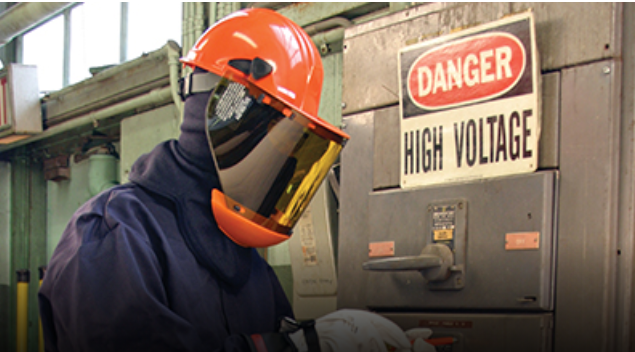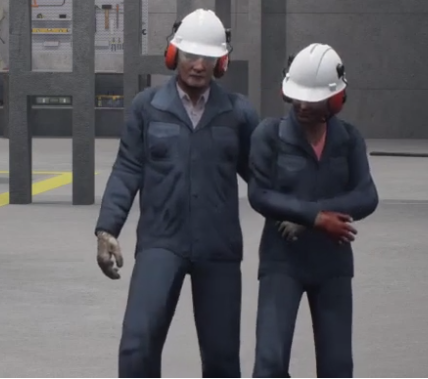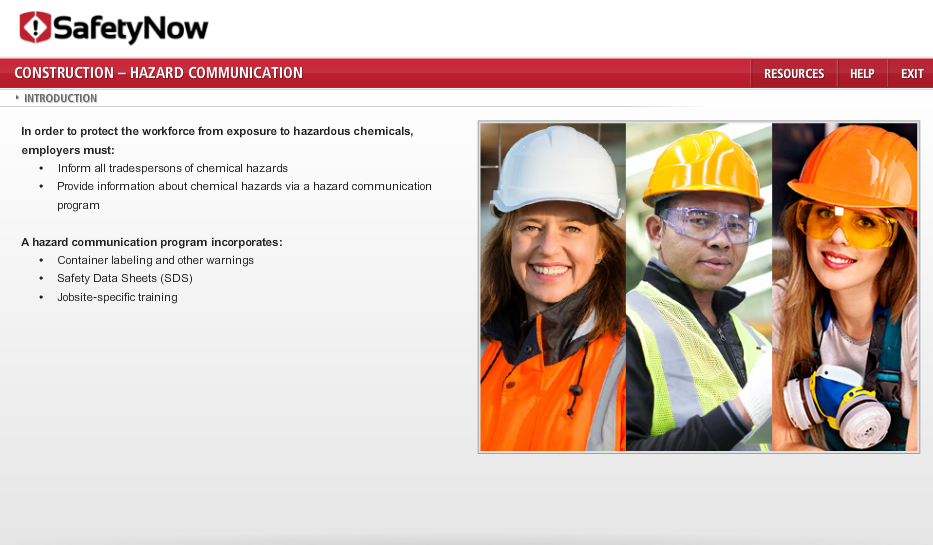-

 According to the Environmental Protection Agency (EPA), “Hazardous waste is waste that is dangerous or potentially harmful to our health or the environment. Hazardous wastes can be liquids, solids, gases, or sludges. They can be discarded commercial products, like cleaning fluids or pesticides, or the by-products of manufacturing processes.” There is a growing awareness of the dangerous side effects of hazardous waste contamination. Years ago, many industrial plants discharged heavy metals and unstable organic compounds directly into streams or injected them into the earth’s subsurface through wells, causing illness in populations with close proximity to these toxic sites. This lesson teaches the industrial sources of land, air, and water pollution, the health dangers that environmental pollutants present, and the types of actions that industrial facility workers must complete in order to control industrial pollutants and respond to environmental incidents.
According to the Environmental Protection Agency (EPA), “Hazardous waste is waste that is dangerous or potentially harmful to our health or the environment. Hazardous wastes can be liquids, solids, gases, or sludges. They can be discarded commercial products, like cleaning fluids or pesticides, or the by-products of manufacturing processes.” There is a growing awareness of the dangerous side effects of hazardous waste contamination. Years ago, many industrial plants discharged heavy metals and unstable organic compounds directly into streams or injected them into the earth’s subsurface through wells, causing illness in populations with close proximity to these toxic sites. This lesson teaches the industrial sources of land, air, and water pollution, the health dangers that environmental pollutants present, and the types of actions that industrial facility workers must complete in order to control industrial pollutants and respond to environmental incidents. -
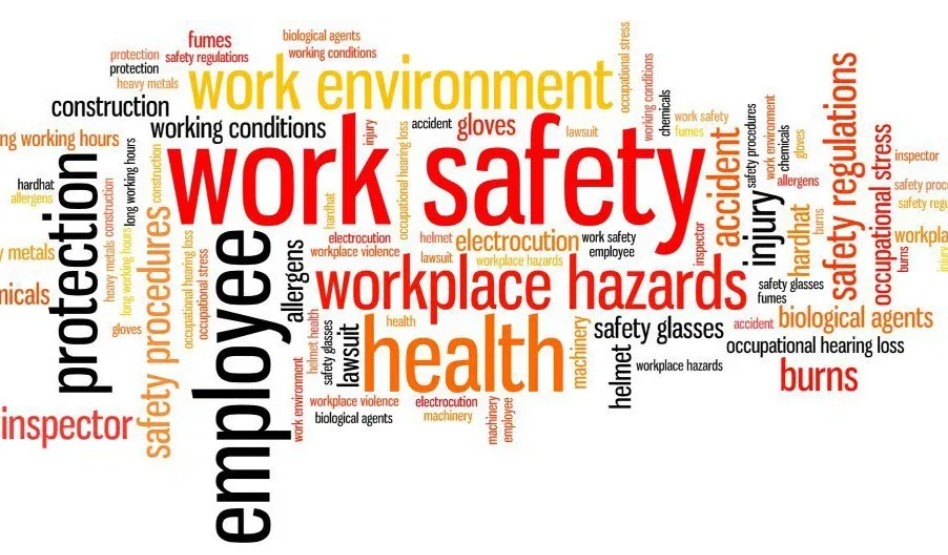
 Emergency planning is critical for operations that handle or produce significant quantities of hazardous materials. Because of the danger to employees working at these facilities and to the general public presented by the harmful release of hazardous materials, likes noxious, combustible gases and waste, people have a right to know about the potential for danger involved in related operations.
Emergency planning is critical for operations that handle or produce significant quantities of hazardous materials. Because of the danger to employees working at these facilities and to the general public presented by the harmful release of hazardous materials, likes noxious, combustible gases and waste, people have a right to know about the potential for danger involved in related operations. -

 In this course you will learn how to identify how noise impacts hearing and the factors that determine the extent of hearing loss, identify noise exposure levels that require hearing protection according to Part VII of Canadian Regulations, identify how the types of hearing protectors are selected for a job, and their advantages and disadvantages for controlling noise exposure, identify correct use, care, and maintenance practices for hearing protectors and identify the requirements of a Hearing Conservation Program.
In this course you will learn how to identify how noise impacts hearing and the factors that determine the extent of hearing loss, identify noise exposure levels that require hearing protection according to Part VII of Canadian Regulations, identify how the types of hearing protectors are selected for a job, and their advantages and disadvantages for controlling noise exposure, identify correct use, care, and maintenance practices for hearing protectors and identify the requirements of a Hearing Conservation Program. -

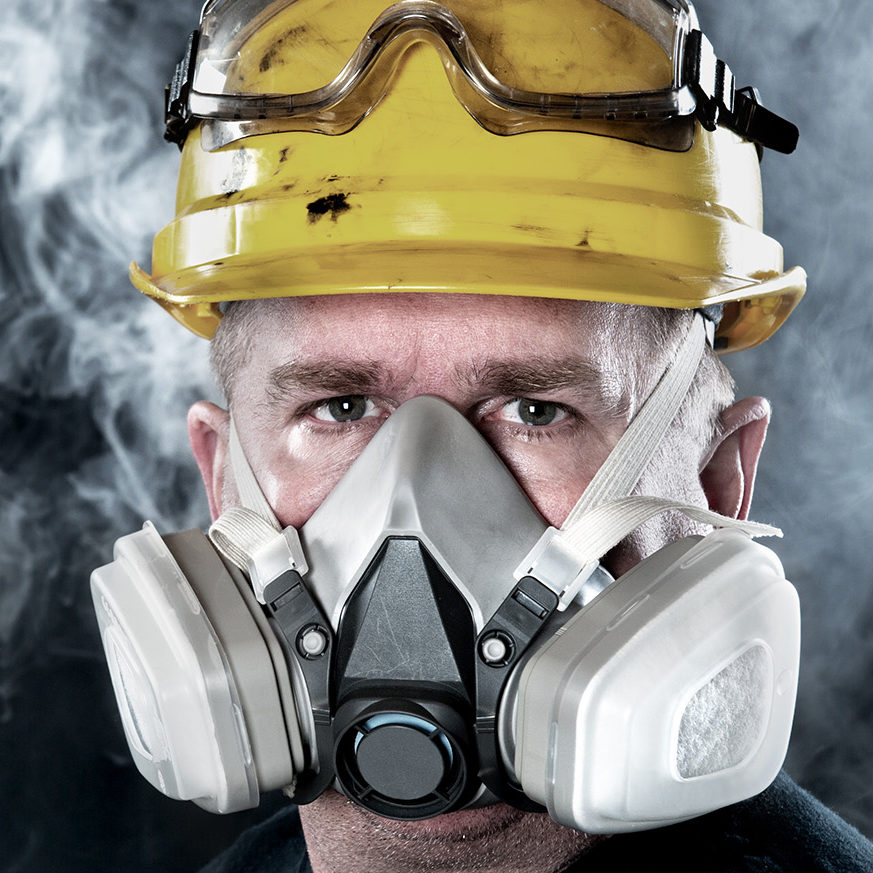 In this course you’ll learn about the chemistry of Hydrogen Sulfide and how it is formed, the properties and characteristics of the gas, where Hydrogen Sulfide is likely to be located in your workplace, the potential health hazards of short term and long term H2S exposure, how to work safely with Hydrogen Sulfide and emergency response steps to take should you or a co-worker be exposed to this gas.
In this course you’ll learn about the chemistry of Hydrogen Sulfide and how it is formed, the properties and characteristics of the gas, where Hydrogen Sulfide is likely to be located in your workplace, the potential health hazards of short term and long term H2S exposure, how to work safely with Hydrogen Sulfide and emergency response steps to take should you or a co-worker be exposed to this gas. -
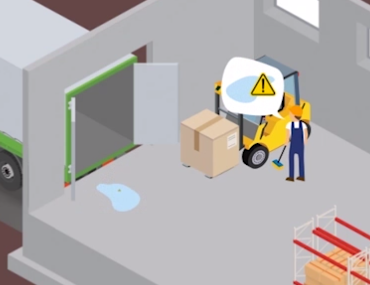
 This lesson describes the importance of safety in the workplace and the employee’s role in maintaining a safe workplace. According to the National Federation of Independent Businesses defines ideal safety accountability as ideal accountability along with companies that strive for optimal safety performance display the highest level of organizational safety accountability.
This lesson describes the importance of safety in the workplace and the employee’s role in maintaining a safe workplace. According to the National Federation of Independent Businesses defines ideal safety accountability as ideal accountability along with companies that strive for optimal safety performance display the highest level of organizational safety accountability. -

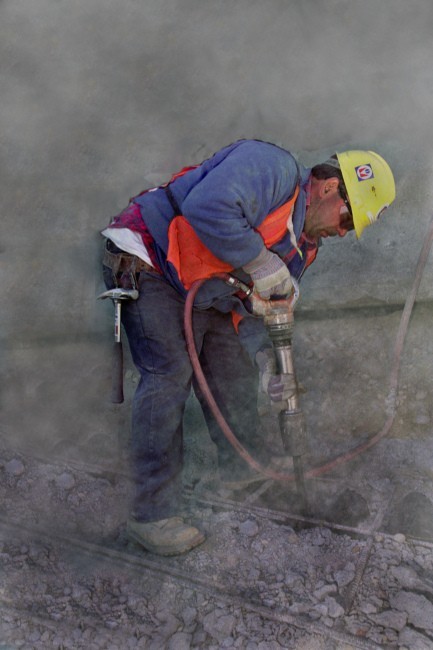 The Occupational Safety and Health Administration (OSHA) has issued a final rule to curb lung cancer, silicosis, chronic obstructive pulmonary disease and kidney disease in America's workers by limiting their exposure to respirable crystalline silica. The rule is comprised of two standards, one for Construction and one for General Industry and Maritime. This lesson is designed to improve the safety of workers in environments where silica exposure hazards exist by increasing employee awareness of this hazard and by demonstrating how the hazard can be recognized and addressed in the workplace.
The Occupational Safety and Health Administration (OSHA) has issued a final rule to curb lung cancer, silicosis, chronic obstructive pulmonary disease and kidney disease in America's workers by limiting their exposure to respirable crystalline silica. The rule is comprised of two standards, one for Construction and one for General Industry and Maritime. This lesson is designed to improve the safety of workers in environments where silica exposure hazards exist by increasing employee awareness of this hazard and by demonstrating how the hazard can be recognized and addressed in the workplace.

